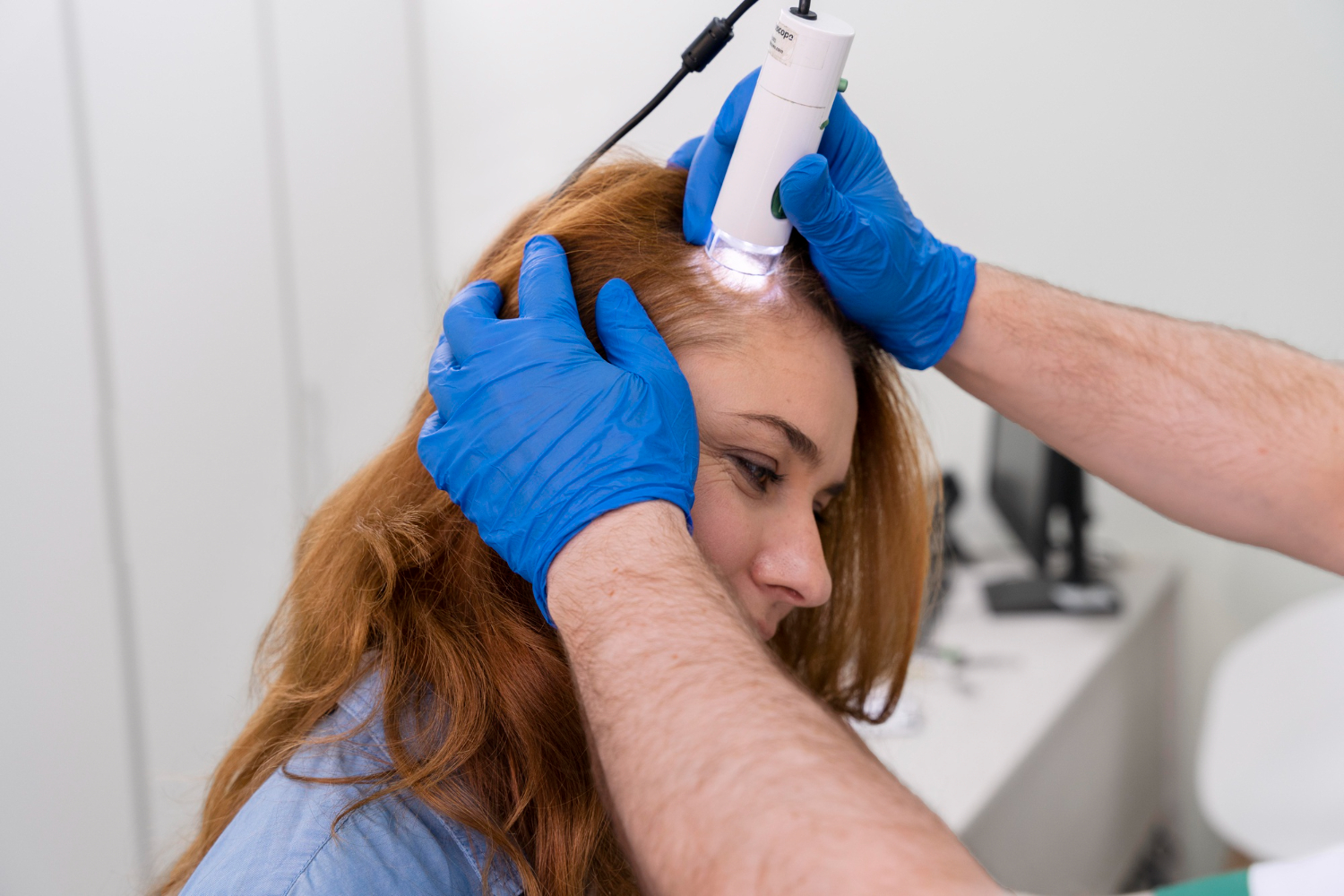
The Emotional Impact of Chemotherapy Hair Loss
Every year Scalp, millions of Americans receive a cancer diagnosis that changes their lives forever. While chemotherapy remains one of the most effective cancer treatments available, it comes with significant side effects that extend beyond physical health. For countless patients, hair loss emerges as one of the most psychologically distressing consequences of treatment.
The fear of losing hair is so profound that some cancer patients actually delay or completely refuse chemotherapy treatment. This devastating choice between effective cancer treatment and maintaining one’s appearance highlights a critical gap in supportive cancer care. Hair loss affects self-esteem, body image, and emotional wellbeing during an already challenging time.
What is Scalp Cooling Technology?
A revolutionary solution exists that many patients don’t know about: scalp cooling technology. This innovative treatment method offers hope to cancer patients who want to preserve their hair while undergoing chemotherapy. Also known as cold cap therapy, scalp cooling represents a significant advancement in supportive cancer care that addresses both the physical and psychological needs of patients.
Scalp cooling has been available in Europe for decades but has only recently gained traction in the United States. Despite its proven effectiveness, awareness remains limited, and access to this life-changing technology faces significant barriers, particularly regarding insurance coverage.
How Cold Cap Therapy Works
The Science Behind Scalp Cooling
The scalp cooling process involves wearing a specially designed cold cap during chemotherapy infusion sessions. These caps are cooled to extremely low temperatures, typically between 15-40°F (-9 to 4°C). When worn throughout the chemotherapy session and for a period afterward, the cold cap performs two critical functions:
Vasoconstriction: The extreme cold causes blood vessels in the scalp to constrict or narrow significantly. This restriction reduces blood flow to the hair follicles, limiting the amount of chemotherapy drugs that reach these sensitive cells.
Reduced Metabolic Activity: The cooling effect slows down the metabolic activity of hair follicle cells, making them less susceptible to damage from chemotherapy agents.
Treatment Protocol
Patients typically wear the cold cap for 30 minutes before their chemotherapy infusion begins, throughout the entire treatment session, and for 90-120 minutes after the infusion ends. While the process requires additional time at each appointment, many patients find the trade-off worthwhile to preserve their hair.
Rossalynn Ripper’s Journey with Scalp Cooling
Rossalynn Ripper, a breast cancer survivor from Maryland, experienced firsthand the transformative impact of scalp cooling technology. When facing her cancer diagnosis and subsequent chemotherapy treatment, Ripper made the decision to utilize cold cap therapy to prevent hair loss during her treatment journey.
The technology worked successfully for Ripper, allowing her to maintain her hair throughout chemotherapy. This seemingly simple outcome had profound effects on her quality of life, emotional wellbeing, and ability to maintain normalcy during treatment. Her positive experience didn’t end with her own treatment – it sparked a passion for advocacy.
Becoming an Advocate
Today, Ripper actively campaigns for Maryland to pass legislation requiring insurance companies to cover scalp cooling treatment. She recognizes that while the technology exists and works, its high out-of-pocket cost makes it inaccessible to many patients who could benefit from it. Her advocacy aims to ensure that financial barriers don’t prevent cancer patients from accessing this important supportive care option.
Insurance Coverage Challenges
One of the most significant barriers to scalp cooling access is the lack of insurance coverage. Most insurance companies, including Medicare, classify scalp cooling as a cosmetic treatment rather than a medical necessity. This classification means patients must pay out-of-pocket for the service, which can cost several thousand dollars depending on the number of chemotherapy sessions required.
The financial burden creates inequity in cancer care, where only patients with sufficient financial resources can access hair preservation treatment. This disparity is particularly troubling given the documented psychological benefits of maintaining one’s appearance during cancer treatment.
Medical Perspective on Treatment Access
Dr. Young Lee, an oncologist at Luminis Health, provides valuable medical insight into why scalp cooling matters for treatment access and patient outcomes. From a clinical perspective, anything that helps patients complete their full course of chemotherapy improves cancer treatment outcomes.
When patients experience severe distress from side effects like hair loss, they may request dose reductions, skip treatments, or discontinue chemotherapy altogether. By addressing the psychological and emotional impact of hair loss, scalp cooling can improve treatment adherence and completion rates.
Barriers That Remain
Despite the clear benefits, several obstacles continue to limit scalp cooling access:
- Cost barriers due to lack of insurance coverage
- Limited awareness among patients and some healthcare providers
- Availability issues as not all cancer centers offer the technology
- Time commitment required for each treatment session
- Effectiveness variation as scalp cooling doesn’t work equally well for all chemotherapy regimens
The Future of Scalp Cooling Coverage
The conversation around scalp cooling is evolving. Several states have already passed or are considering legislation to mandate insurance coverage for this treatment. Patient advocates like Rossalynn Ripper are making their voices heard, sharing personal stories that illustrate the real-world impact of access to scalp cooling technology.
As awareness grows and more research demonstrates the psychological and practical benefits of maintaining hair during chemotherapy, the hope is that insurance coverage will become standard rather than exceptional. Senior healthcare writers like Anastassia Gliadkovskaya continue to bring attention to this important issue, helping to bridge the gap between patients, advocates, medical professionals, and policymakers.
The future of cancer care must address not only survival rates but also quality of life during treatment. Scalp cooling represents an important step toward comprehensive, patient-centered cancer care that acknowledges the full spectrum of patient needs and experiences.
Discover the latest payers’ news updates with a single click. Follow DistilINFO HealthPlan and stay ahead with updates. Join our community today!


